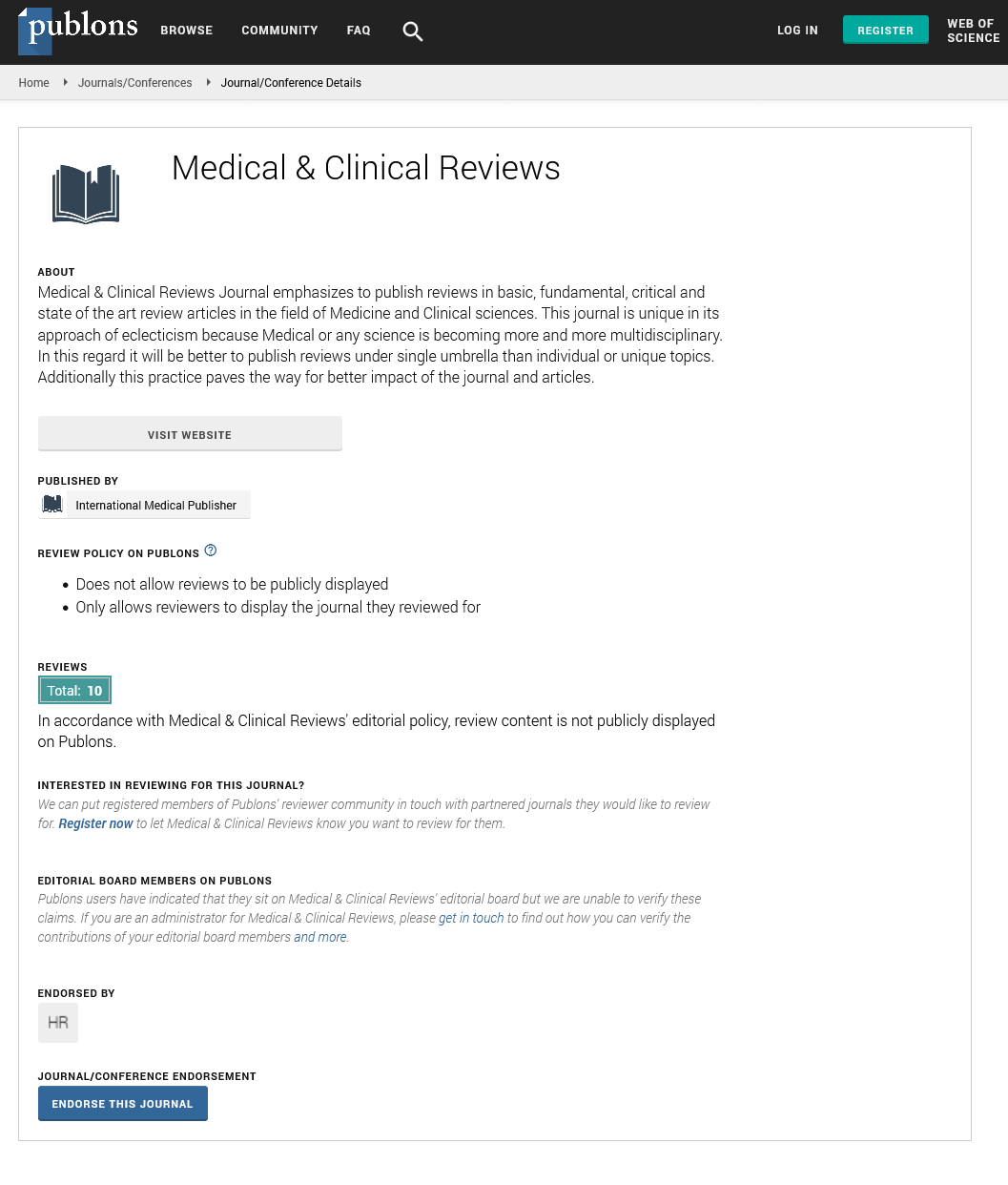Photodynamic Therapy
Photodynamic treatment (PDT), is a type of phototherapy including light and a photosensitizing compound substance, utilized related to sub-atomic oxygen to evoke cell demise (phototoxicity). PDT has demonstrated capacity to execute microbial cells, including microscopic organisms, parasites and viruses. PDT is famously utilized in rewarding skin break out. It is utilized clinically to treat a wide scope of ailments, including wet age-related macular degeneration, psoriasis, atherosclerosis and has given some viability in hostile to viral medicines, including herpes. It additionally treats harmful cancers including head and neck, lung, bladder and specific skin. The innovation has likewise been tried for treatment of prostate malignancy, both in a pooch model and in human prostate disease patients.
It is perceived as a treatment technique that is both insignificantly intrusive and negligibly poisonous. Other light-based and laser treatments, for example, laser wound mending and revival, or serious beat light hair evacuation don't require a photosensitizer.Photosensitisers have been utilized to disinfect blood plasma and water so as to expel blood-borne infections and microorganisms and have been considered for farming uses, including herbicides and insecticides.[citation needed]
Photodynamic treatment's favorable circumstances reduce the requirement for sensitive medical procedure and extensive recovery and negligible development of scar tissue and deformation. A symptom is the related photosensitisation of skin tissue.
High Impact List of Articles
-
Role of Q-Waves ECG in Myocardial Scar Assessment in patients with Prior Myocardial Infarction
Lucia PV, Anna LL, Catherine K, Tiziano M and Francesco FFResearch Article: Medical & Clinical Reviews
-
Role of Q-Waves ECG in Myocardial Scar Assessment in patients with Prior Myocardial Infarction
Lucia PV, Anna LL, Catherine K, Tiziano M and Francesco FFResearch Article: Medical & Clinical Reviews
-
A Clinical Review of First Seizures in Adult Patients
Jose de Jesus Vidal MayoReview Article: Medical & Clinical Reviews
-
A Clinical Review of First Seizures in Adult Patients
Jose de Jesus Vidal MayoReview Article: Medical & Clinical Reviews
-
Determinants of Adverse Pregnancy Outcomes among mothers who gave birth from Jan 1-Dec 31/2015 in Jimma University Specialized Hospital, Case control study, 2016
Eyosiyas Yeshialem, Nigus Alemnew, Mulumebet Abera and Amanuel TesfayResearch Article: Medical & Clinical Reviews
-
Determinants of Adverse Pregnancy Outcomes among mothers who gave birth from Jan 1-Dec 31/2015 in Jimma University Specialized Hospital, Case control study, 2016
Eyosiyas Yeshialem, Nigus Alemnew, Mulumebet Abera and Amanuel TesfayResearch Article: Medical & Clinical Reviews
-
Impact of Electronic Medical Records on Healthcare Delivery in Kisii Teaching and Referral Hospital
Lynn Waithera, Joy Muhia, and Rogers SongoleResearch Article: Medical & Clinical Reviews
-
Impact of Electronic Medical Records on Healthcare Delivery in Kisii Teaching and Referral Hospital
Lynn Waithera, Joy Muhia, and Rogers SongoleResearch Article: Medical & Clinical Reviews
-
On Depression and Mental Disorder in South Africa
Mncedisi Michael WillieEditorial: Medical & Clinical Reviews
-
On Depression and Mental Disorder in South Africa
Mncedisi Michael WillieEditorial: Medical & Clinical Reviews
-
Colon Reconstruction and Esophageal Reconstructive Surgery
Abdelkader BoukerroucheReview Article: Medical & Clinical Reviews
-
Colon Reconstruction and Esophageal Reconstructive Surgery
Abdelkader BoukerroucheReview Article: Medical & Clinical Reviews
-
A Retrospective Study of 32 Catatonic Patients: Analysis of Clinical, Therapeutic and Evolutional Aspects
Chaabouni A, Ellouze F, Ben Soussia R, Fathallah S, Zarrouk L and Nasr MShort Communication: Medical & Clinical Reviews
-
A Retrospective Study of 32 Catatonic Patients: Analysis of Clinical, Therapeutic and Evolutional Aspects
Chaabouni A, Ellouze F, Ben Soussia R, Fathallah S, Zarrouk L and Nasr MShort Communication: Medical & Clinical Reviews
Conference Proceedings
-
Evaluation of facial scar improvement by autologous fat graft injection
Ari Raheem Qader and Kazim A KakawaysPosters & Accepted Abstracts: Journal of Aesthetic & Reconstructive Surgery
-
Evaluation of facial scar improvement by autologous fat graft injection
Ari Raheem Qader and Kazim A KakawaysPosters & Accepted Abstracts: Journal of Aesthetic & Reconstructive Surgery
-
How to create post-operative comitance in advanced strabismus due to thyroid disease
Mahmoud Aly RagehScientificTracks Abstracts: Journal of Universal Surgery
-
How to create post-operative comitance in advanced strabismus due to thyroid disease
Mahmoud Aly RagehScientificTracks Abstracts: Journal of Universal Surgery
-
Comparison of three sample size estimation methods for noninferiority vaccine trials with multiple continuous co-primary endpoints
Jiaying Yang, Jingxin Li, Shiyuan Wang, Li Luo and Pei LiuPosters & Accepted Abstracts: Journal of Preventive Medicine
-
Comparison of three sample size estimation methods for noninferiority vaccine trials with multiple continuous co-primary endpoints
Jiaying Yang, Jingxin Li, Shiyuan Wang, Li Luo and Pei LiuPosters & Accepted Abstracts: Journal of Preventive Medicine
-
A combination of penile venous stripping, corporoplasty and varicocelectomy for patients with erectile dysfunction, penile dysmorphology and varicocele under acupuncture-aided ambulatory local anesthesia
Geng Long Hsu -
A combination of penile venous stripping, corporoplasty and varicocelectomy for patients with erectile dysfunction, penile dysmorphology and varicocele under acupuncture-aided ambulatory local anesthesia
Geng Long Hsu -
Morbility in bariatric surgery in a group of patients in Mexico
Jose Antonio Castaneda CruzScientificTracks Abstracts: Journal of Obesity & Eating Disorders
-
Morbility in bariatric surgery in a group of patients in Mexico
Jose Antonio Castaneda CruzScientificTracks Abstracts: Journal of Obesity & Eating Disorders
Relevant Topics in Medical Sciences
Google Scholar citation report
Citations : 906
Medical & Clinical Reviews received 906 citations as per Google Scholar report
Medical & Clinical Reviews peer review process verified at publons
Abstracted/Indexed in
- Google Scholar
- China National Knowledge Infrastructure (CNKI)
- Directory of Research Journal Indexing (DRJI)
- WorldCat
- Publons
- Secret Search Engine Labs
Open Access Journals
- Aquaculture & Veterinary Science
- Chemistry & Chemical Sciences
- Clinical Sciences
- Engineering
- General Science
- Genetics & Molecular Biology
- Health Care & Nursing
- Immunology & Microbiology
- Materials Science
- Mathematics & Physics
- Medical Sciences
- Neurology & Psychiatry
- Oncology & Cancer Science
- Pharmaceutical Sciences
